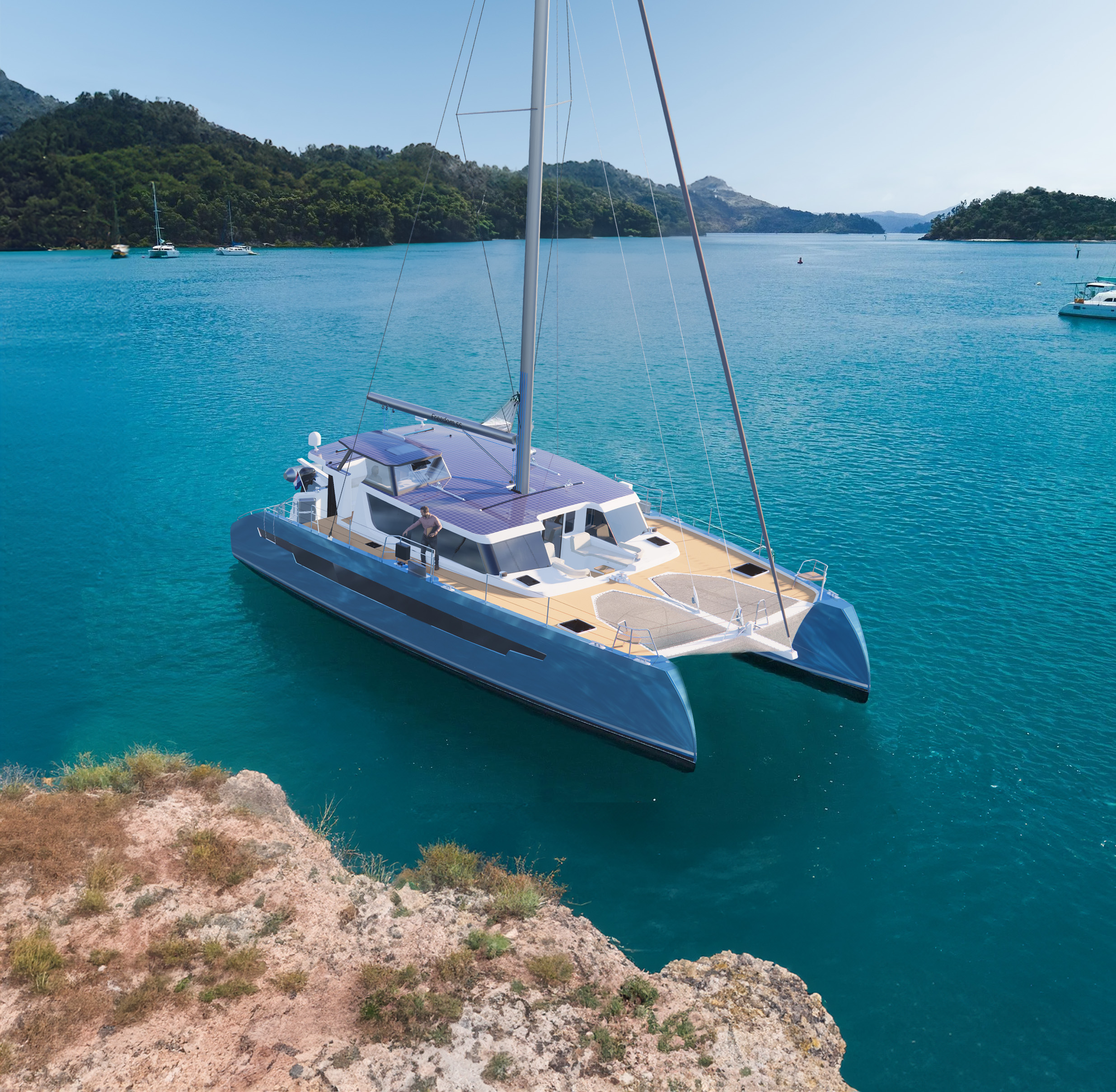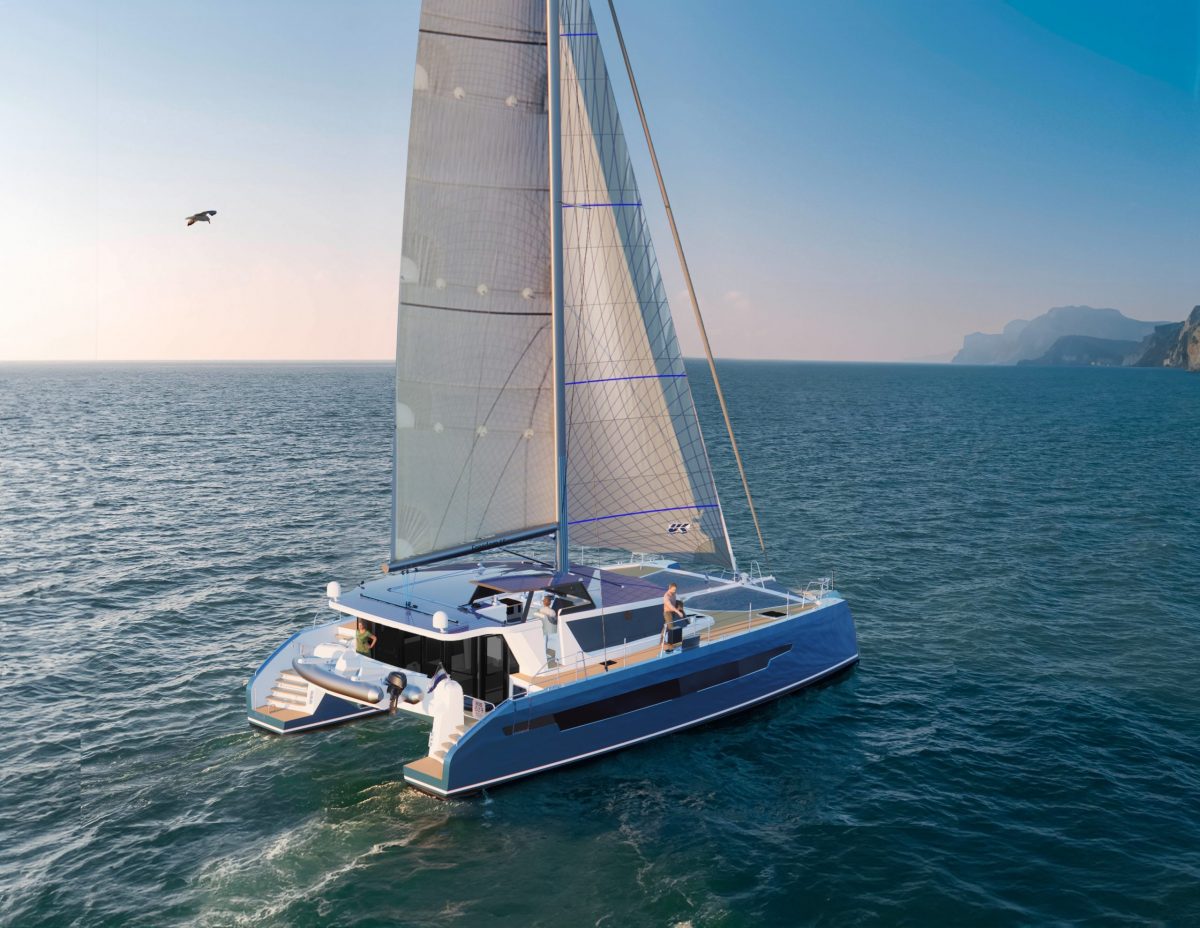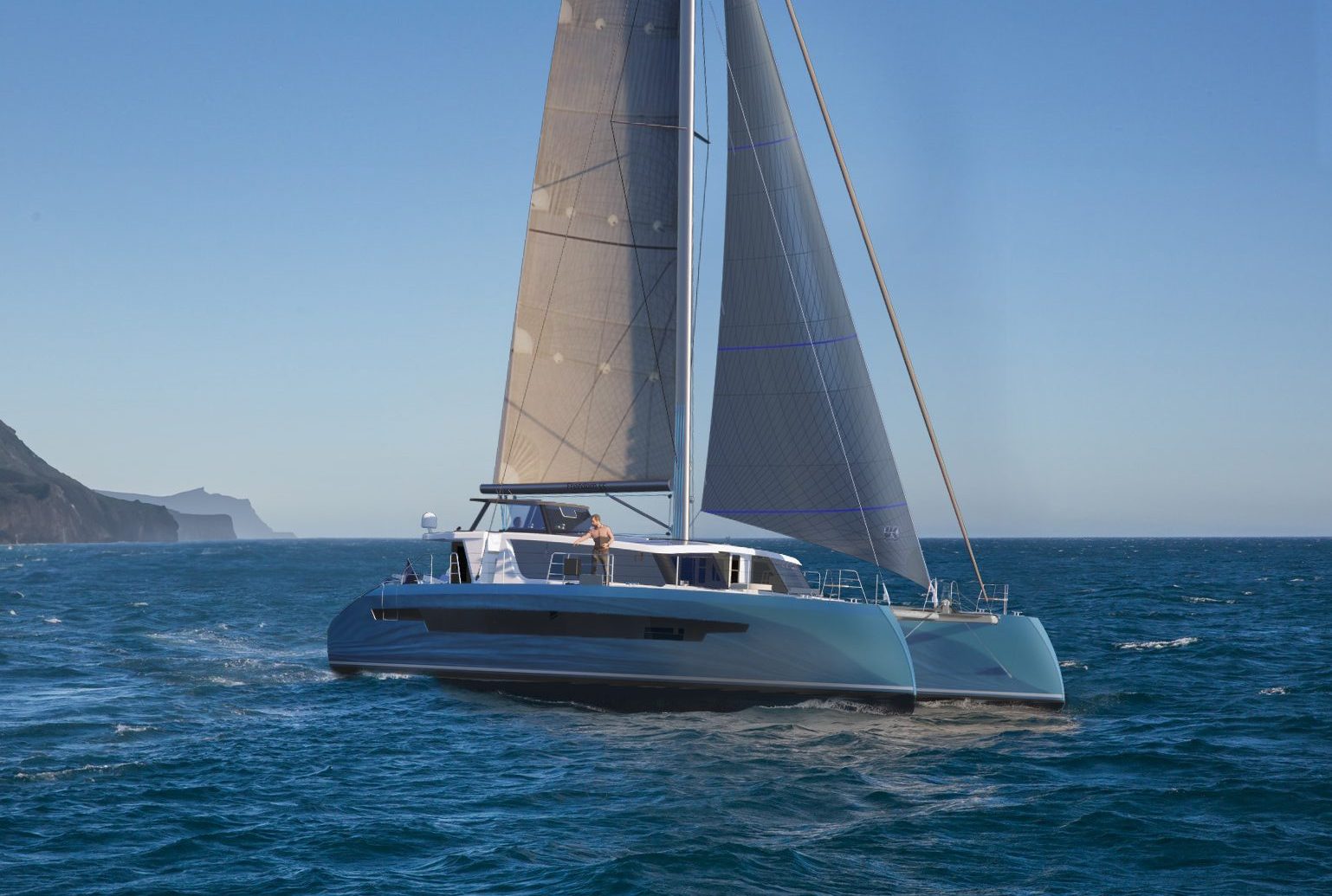

Reverse Bow in Yacht Design
What does it really mean to design a boat with a reverse bow?
Is it just a trend?
What does it mean to design a boat with a reverse bow? Is it just a trend?
There are many arguments in favour of the reverse bow, but in the end, you have to admit it: you have to like it.
For a long time, the credo in yacht building was “form follows function”: Boats had to be practical and, above all, safe, easy to handle and durable.
In recent years, the growing emphasis on design aesthetics has prompted a paradigm shift in the industry.
This becomes particularly evident when analyzing boats designed for the Mediterranean Sea, an area that offers favorable boating conditions in terms of sea conditions, distances, weather and climate.
This ease of navigation can lead some boat owners to overlook the importance of a boat’s seaworthiness, instead prioritizing comfort and onboard space.
Consequently, this trend has given rise to new models that emphasize additional onboard amenities and comforts, often at the expense of the hull’s efficiency.
In today’s market, yacht builders face the challenge of striking a delicate balance between form and function to accommodate evolving consumer preferences.
It’s not uncommon for new developments to involve not only shipbuilders but also industrial designers and architects. Intentional or unintentional references to other sectors, such as automotive or architecture, can often be found. This crossover is sometimes necessary because successful sales are significantly influenced by the initial visual appearance, followed by perhaps less obvious features such as seaworthiness.
However, as the success of a product is increasingly defined by its design, the question posed can be subject to controversy: Is the reverse bow a universal recipe for success that should be incorporated into every new development? Certainly not, as it may not suit every brand or type of boat.
The rise of the reverse bow has been particularly notable in catamarans, where the slender hulls amplify its benefits. The wave resistance increases from a certain Froude number until the so-called hull speed is reached. The valley of the bow wave meets the stern wave, so they roughly neutralize each other. If the ratio of length to width is very high, such as on a catamaran, wave formation is minimized, and resistance reduced, offering improved performance and efficiency.
Evolution in yacht building has demanded more and more space on and below deck, so the foredeck of motorboats and sailing yachts have become more voluminous over time.
When the design is implemented with a negative stem, additional space is created, allowing for enlarged cabins and optimized bow storage space.
The reverse bow enables smoother passage through waves compared to conventional bows, which create sudden buoyancy and immediately lift the submerging bow back up again.
In addition to the discomfort associated with this vertical movement (called pitching) boats are also slowed down as the rig and sail move, creating less stable wind conditions. Reduced pitching, connected with a reverse bow, ensures improved sail performance and less resistance.
It should certainly be noted that the benefits of implementing a reverse bow are directly proportional to the size of the boat and may be less noticeable on small sports boats in the trailerable class, where the reverse bow serves primarily a design purpose.
In addition to catamarans, the adoption of this bow design is also noticeable in the 30-50 foot dayboat segment and some superyachts, with one of the most well-known examples being the iconic 119m M/Y A.
But what about the anchoring system?
There are now many anchor solutions for negative sterns: concealed or open folding anchor holders, alternative retractable systems and asymmetrically positioned anchors are all available. They all have one thing in common, all solutions are more complex and error-prone than the widely used version of the anchor on the bow roller, which can drop down freely.
It should also be noted that GRP sports boats may need to be split in the mold, resulting in added labor and higher production costs. Overall, it can be concluded that a negative stem will in most cases make the boat more expensive to manufacture.
In the end, you can compare it to the introduction and spread of SUVS in the automotive industry. People have always trusted the off-road capabilities of the “G” or “Land Rover”, and every new SUV was put to the test by experts in terms of off-road capability and measured against the aforementioned. Over time, it became evident that only a small portion of SUV owners actually needed off-road capabilities. Instead, the appeal of the SUV aesthetic became a more significant selling point. Additionally, even the most rugged and functional off-road vehicles have evolved to meet market demands and competition, enhancing their design packages in the process.
The adoption of the negative stern is increasingly widespread. While some projects may opt for a timeless classic design and will probably not choose to incorporate it, it represents more than just a passing trend.
Despite not being universally suitable, it makes sense in many contexts, and its value can be recognized even if not everyone likes it.

